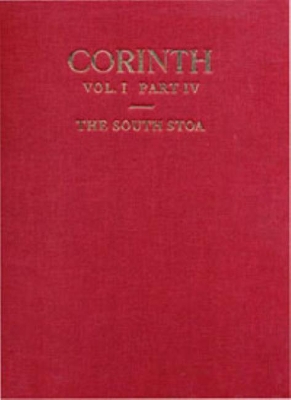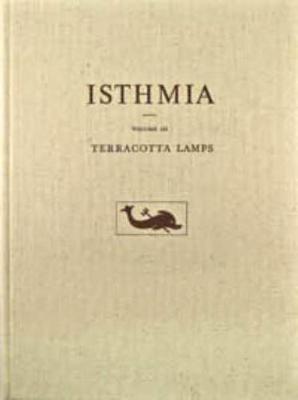Corinth
9 total works
Book 1.4
Acrocorinth
by Carl W Blegen, Richard Stillwell, Oscar Broneer, and Alfred Raymond Bellinger
Architecture
by Richard Stillwell, Robert L Scranton, and Sarah Elizabeth Freeman
Monuments in the Lower Agora and North of the Archaic Temple
by Robert L Scranton
Introduction, Topography, Architecture
by Harold North Fowler and Richard Stillwell


